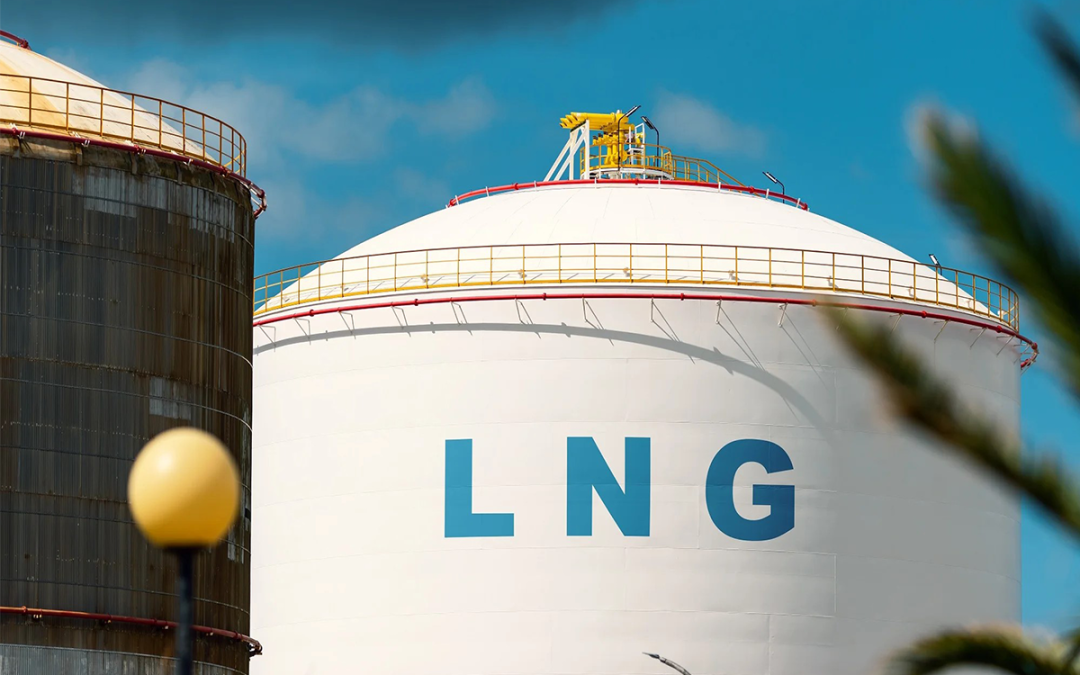$1 Billion investment part of long-term decarbonization strategy
PHILADELPHIA, Sept. 30, 2024 /PRNewswire/ — Matson, Inc. (“Matson”; NYSE: MATX) today announced the start of construction on the first of three new “Aloha Class” containerships designed for its Hawaii and China-Long Beach Express (CLX) services. After a small ceremony at Philly Shipyard in Pennsylvania, the cutting of steel plates began, initiating the work to build the ships for delivery to Matson in 2026 and 2027.
The three new Jones Act-compliant vessels, representing an investment of approximately $1 billion, will be built to match the size and speed of Matson’s two existing Aloha Class ships, Daniel K. Inouye, and Kamina Hila, which were also built by Philly Shipyard and entered service in 2018 and 2019, respectively, as the largest containerships ever constructed in the U.S.
Like their sisterships, the new vessels will be equipped with dual fuel engines designed to operate on either conventional marine fuels or liquefied natural gas (LNG), as well as other “green ship technology” features, such as a fuel-efficient hull design, environmentally safe double hull fuel tanks, and freshwater ballast systems. While the earlier ships required some modification to operate with LNG, the new ships will be delivered LNG-ready.
The first vessel is expected to be delivered in the fourth quarter of 2026 with subsequent deliveries in 2027.
“Our existing Aloha Class ships are among the fastest, most efficient vessels in the Matson fleet,” said Matt Cox, chairman and chief executive officer. “And like their sisterships, these three new vessels will help Matson achieve its 2030 greenhouse gas emissions reduction goal while also providing additional capacity and speed benefitting our Hawaii service as well as the CLX.”
Matson has set corporate goals to achieve a 40 percent reduction in Scope 1 greenhouse gas (GHG) fleet emissions by 2030 and net-zero Scope 1 GHG emissions by 2050.
With a carrying capacity of 3,600 TEU,* the 854-foot Aloha Class vessels are designed to operate at speeds in excess of 23 knots in support of Matson’s service hallmark – fast and reliable delivery of goods.
The three new Aloha Class ships will replace three vessels currently deployed in Matson’s Hawaii and CLX services.
Philly Shipyard is a leading U.S. commercial shipyard constructing vessels for operation in the domestic Jones Act trade lanes. Prior to Matson’s first two Aloha Class ships, the shipyard delivered four newly built Jones Act containerships for Matson between 2003 and 2006.
“Today we celebrate not only the beginning of production, but also the return of Matson to Philly Shipyard for our third project together,” said Steinar Nerbovik, Philly Shipyard’s President and CEO. “We are thrilled to build these next vessels which are expected to help Matson achieve its 2030 greenhouse gas emissions goal, an initiative well-aligned with our commitment to people and planet.”
Vessel Names Announced
Matson plans to name the three new containerships Makua, Malama, and Makena. Founded in 1882 as a Hawaii-focused business, Matson has a long tradition of giving Hawaiian names to its vessels serving Hawaii, and also reusing vessel names from the early 20th century. Most recently, Matson reused the names Lurline and Matsonia for its Kanaloa Class vessels delivered in 2019 and 2020 – the sixth and fifth vessels, respectively, to carry these historic names.
Matson’s original ships named Makua, Malama, and Makena were all freighters commissioned by the United States Shipping Board (USSB), an emergency agency established by the 1916 Shipping Act to increase the number of U.S. ships supporting the war effort during World War I. They were purchased by Matson in the 1920s and remained active in the Matson fleet for the next two decades.
Makua (“mah-KOO-ah”) is a Hawaiian word for parent, elder, ancestor, or family.
Malama (“MAH-lah-mah”) is a Hawaiian word meaning to care for or protect.
Makena (“Mah-KEN-ah”) is a Hawaiian word for abundance.
Source: PR Newswire






